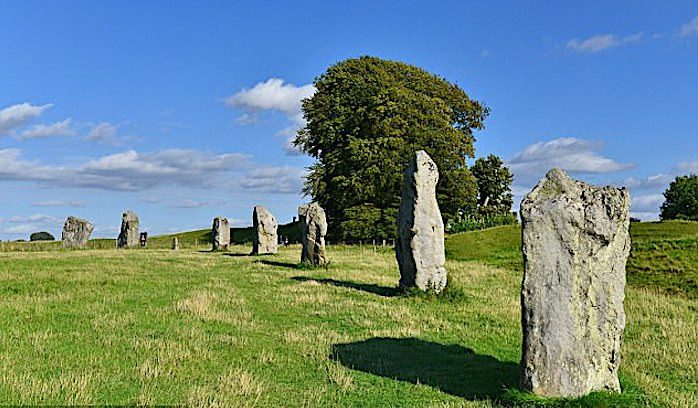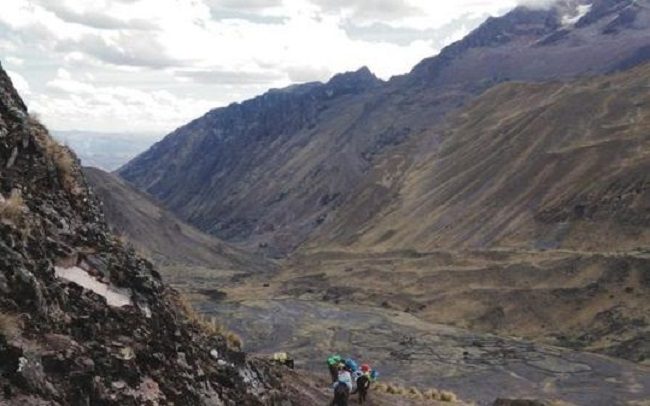
© Hulton Archive/Getty ImagesA samurai warrior
An enigmatic samurai text known as the
Sword Scroll has been translated into English for the first time, revealing instructions for successful nighttime battles and recipes for blinding powders.
The text may have been written almost 500 years ago, though that date is uncertain.
Attributed to two elite samurai, the text says that to be an effective sword fighter, one must have "no evil in your heart," and the spirit, eyes, hands and feet must all be in balance.
The scroll warns that even those who learn its numerous techniques can be killed if they take on too many enemies at one time. "It is best to err on the side of caution and not enter a mountain road infested with brigands," the scroll says, adding that "there is a saying that goes, 'a little bit of military training can be the cause of great injury'" (translation by Eric Shahan).
The
Sword Scroll was
translated into modern Japanese recently by Fumio Manaka, a master in a Japanese martial art known as
Kobudo, and then into English by Eric Shahan, a Japanese translator who specializes in translating
Japanese martial-arts texts. Shahan also holds a San Dan (third-degree black belt) in Kobudo.




Comment: See also: Why is NATO decimating the Balkans and trying to force Milosevic to surrender?